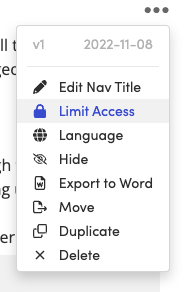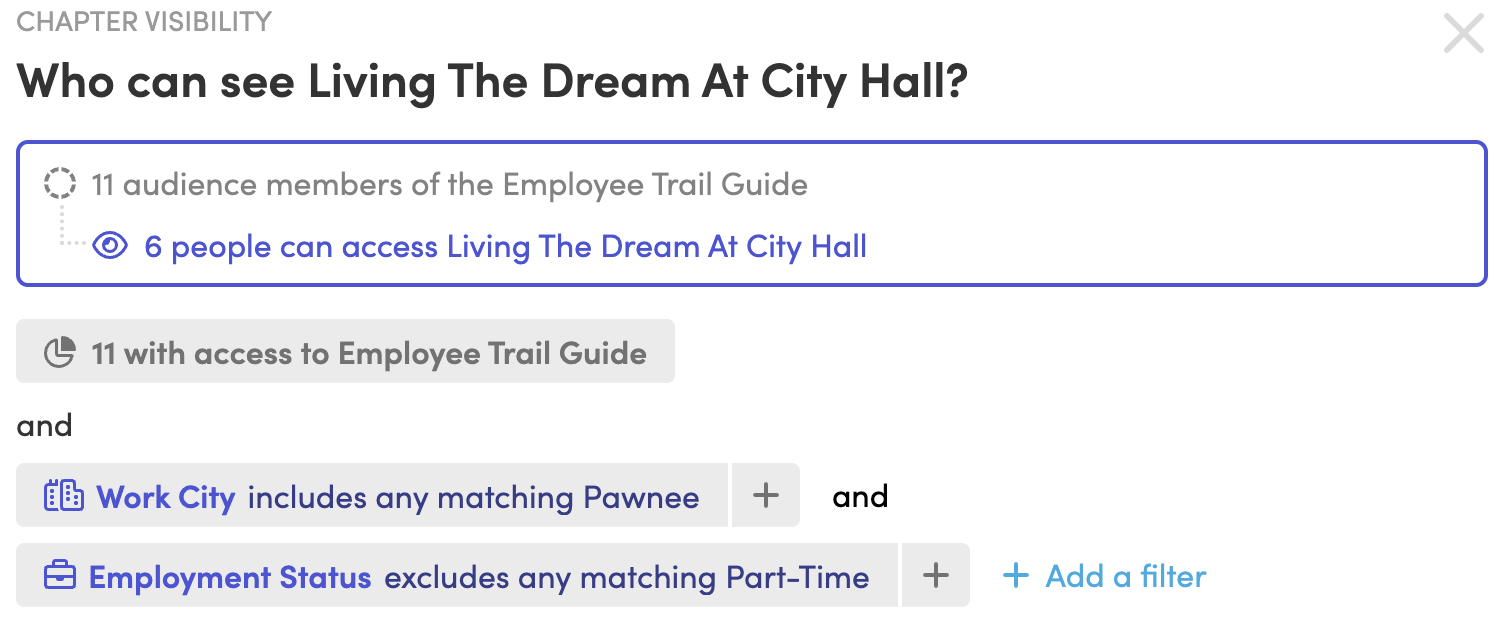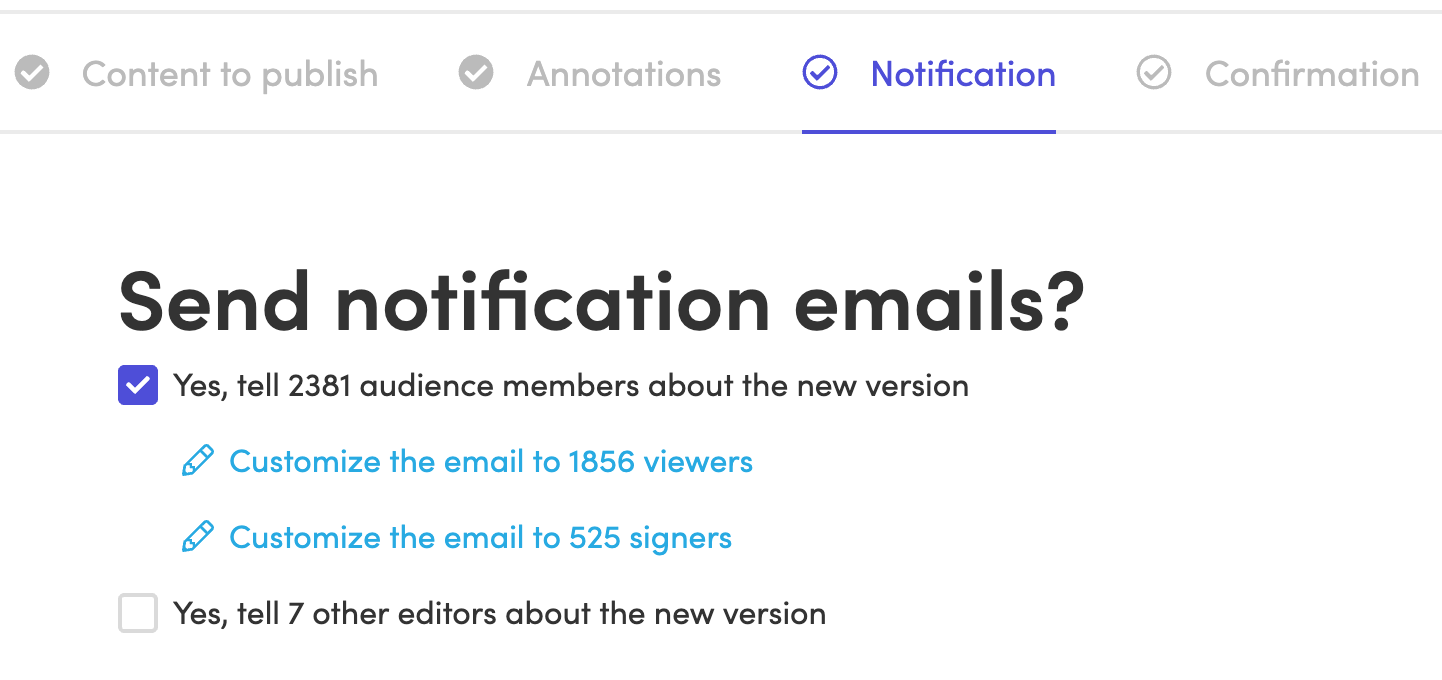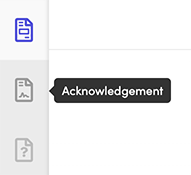How to Announce Your Updated Employee Handbook
Employee handbooks are essential documents for every company. They outline key policies, define workplace expectations, and reflect the company’s culture. Handbooks also serve as a reference point for legal requirements, ensuring employees and employers alike are aware of their rights and responsibilities.
As laws and company policies change, it’s important to keep the handbook up to date. Updates might be needed due to new regulations, company growth, or changes in work policies, such as remote work arrangements. A current handbook ensures that all employees are informed and that the company remains compliant with any legal obligations.
In this article, you’ll learn how to effectively announce your updated employee handbook. We’ll cover the best practices for timing, choosing communication channels, and ensuring employees understand and acknowledge the updates.
Determine the Purpose of the Announcement
Before announcing your updated employee handbook, it’s important to clearly identify why the update was necessary. Common reasons include changes in legal requirements, shifts in company policies, or adjustments to reflect cultural changes within the organization. For example, updates might be needed to ensure compliance with new labor laws, to introduce a new remote work policy, or to align with updated diversity and inclusion practices.
Next, assess who in the company needs to know about these changes. While the entire organization may need to be informed, certain updates might only apply to specific teams, departments, or locations. For example, legal compliance updates may affect all employees, but department-specific policy changes might only be relevant to those working in a certain role or region. Be clear on who is impacted before proceeding with the announcement.
Blissbook’s Personalized Content Feature
With Blissbook, the personalized content feature makes this process even easier. It allows you to simplify and consolidate multiple handbooks and policies into one seamless, personalized experience. Employees will only see the content that’s relevant to them when they log in, which increases accessibility and engagement. For example, if certain policies only apply to employees in Canada, you can target that content to them specifically, while the rest of the company won’t see it.


Decide on the Best Time to Do the Announcement
Choosing the right time to announce your updated employee handbook is crucial. Align the announcement with key company milestones to make the transition smoother. For example, announcing the update at the start of a new fiscal year, after a major policy overhaul, or following a company merger can help integrate the changes smoothly into broader organizational shifts.
It’s also important to consider any legal deadlines. If the update is driven by new laws or regulations, make sure to announce the changes before those legal requirements take effect. This ensures the company remains compliant and employees are aware of their responsibilities in a timely manner.
Lastly, ensure that leadership is fully on board with the update before making the announcement. Present the changes to the executive team, gather their feedback, and secure their approval. Having leadership support strengthens the message and increases the likelihood of employee buy-in.
Identify Key Changes and Their Implications
When announcing an updated employee handbook, it’s important to clearly highlight the major policy changes. Start by summarizing the most significant updates. This could include new employee benefits, changes to compliance requirements, or adjustments to policies around remote work and flexible hours. For example, you might introduce a new healthcare benefit, revise policies on overtime pay, or formalize procedures for remote work that weren’t in place before. Make sure employees understand what the most important changes are and where to find them in the updated handbook.
It’s equally important to explain why these changes were made. Providing context helps employees see the rationale behind the updates and understand that the changes are necessary for the company’s growth, legal compliance, or adapting to a shifting work environment. For instance, if there are updates related to remote work, explain how the growing trend toward flexible working environments influenced the decision. If compliance updates are required, highlight the new laws or regulations the company must follow to stay legally compliant. When employees understand why policies are changing, they are more likely to accept and follow them.
Finally, describe how these changes will impact employees’ daily work. Give clear examples that show how the new policies will affect their routines, responsibilities, or benefits. For instance, if the company is implementing new remote work guidelines, explain how that will change the process for requesting remote days or how communication expectations may shift. If there’s a new benefit, such as increased paid time off, outline how employees can take advantage of it and how it might affect scheduling or workload planning. By offering practical examples, you help employees see how these changes will shape their work experience going forward.
Blissbook’s Annotations Feature
With Blissbook, you can further personalize updates for thousands of employees by using digital sticky notes, known as annotations, to provide additional context alongside new or revised content. These annotations could explain why a policy was updated, highlight where to find the new language, summarize the changes, or convey any other important information. Think of it like a physical handbook with sticky notes sticking out to mark important changes—annotations in Blissbook work the same way but digitally. This feature guarantees clarity and transparency, making it easier for employees to understand and engage with the updates.


Select the Right Communication Channels
Choosing the right communication channels is key to ensuring your updated employee handbook reaches everyone effectively. Different organizations have different tools and preferences, so it’s important to select channels that suit your workforce. Here are several options to consider when announcing the updated handbook to your team.
Online Employee Handbook Builders
Blissbook
If your company uses Blissbook, you can easily notify employees by sending announcements directly through the platform. This allows employees to access the updated handbook in a few clicks and review the changes at their convenience. Blissbook also offers tracking to ensure employees have viewed the update.
AirMason
Similar to Blissbook, AirMason allows companies to update their handbooks and notify employees simply. AirMason’s platform sends alerts when updates are made and tracks which employees have viewed and acknowledged the changes, making it easy to monitor engagement.
Other Platforms
There are several other employee handbook software available. Choose one that allows for easy updates, tracking, and distribution, ensuring everyone is informed of the changes.
Email and Written Communication
Sending a formal email or internal memo is one of the most direct ways to announce the updated handbook. The email should clearly explain the changes and include a link or attachment to the updated document.
With Blissbook, this process becomes even easier. Every time you launch or publish an update to your handbook, you can send a notification email to specific groups of employees, making sure that the right people are informed.

Blissbook also allows you to send manual reminders, inviting employees to view or sign the handbook, resend invitations, or remind them that a signature is required. You can even send bulk reminders to anyone who still needs to complete their task using the “Send Reminders” button. For added convenience, Blissbook’s automated reminders function ensures employees receive follow-up emails without you needing to do the extra work.

Town Halls or All-Hands Meetings
Hosting a live or virtual town hall meeting is another effective way to communicate updates. This format works especially well for larger organizations or major policy changes. Leadership or HR can walk employees through the key updates, answer questions in real time, and ensure that everyone understands the importance of the changes.
Internal Platforms
Utilize internal communication tools like Slack, Microsoft Teams, or your company intranet to broadcast the announcement. Posting a message in relevant channels ensures that employees are reminded of the update and can easily access the updated handbook. You can also create a space for employees to ask questions or discuss the changes.
Video Message
A video announcement from leadership or HR can make the communication more personal and engaging. A short video explaining the key updates adds a human touch, which can be especially helpful for remote teams or organizations spread across multiple locations.
Printed Copies (If Applicable)
For organizations with non-digital workers, printed copies of the updated handbook may still be necessary. Make sure printed versions are available in common areas like break rooms or through managers, so all employees, regardless of their digital access, can stay informed.
Many online handbook builders, such as Blissbook, offer the option to easily print to PDF, allowing you to create physical copies whenever you need them.
Write a Clear and Engaging Message
Writing a clear and engaging message is essential to ensure that employees understand the importance of the updated handbook and what’s expected of them. Below are key steps to follow when writing the announcement.
Begin on a Positive Note
Start your message by acknowledging the value of keeping company policies updated. Let employees know that the updated handbook reflects the company’s commitment to maintaining a fair and compliant workplace. Highlight how these updates benefit both the organization and the employees by creating a clearer, more inclusive work environment.
Explain the Scope of the Update
Be upfront about the nature of the changes. Whether it’s a minor revision or a major overhaul, provide transparency so employees know what to expect. For instance, if the update involves minor compliance changes, state that clearly. If the update includes significant changes like new remote work policies or benefits adjustments, explain how these will impact employees. Transparency will help prevent confusion and ensure that employees take the update seriously.
Include a Call to Action
Make sure your message directs employees on the next steps. Depending on your company’s policies, this could include reviewing the updated handbook, signing an acknowledgment form, or attending follow-up meetings to discuss the changes. Clear instructions help ensure that everyone follows the process smoothly and on time.
Encourage Employee Engagement
Lastly, encourage employees to ask questions or provide feedback on the updates. Invite them to reach out to HR, their managers, or any designated point of contact. Promoting open communication creates a culture of transparency and trust, making employees feel more involved in the process.
By following these steps, you can ensure your message is not only informative but also engaging and clear, helping employees feel confident and included in the process of updating the handbook.
Address Questions and Offer Support
To help employees understand the updated handbook, it’s important to provide clear guidance and support. Start by offering a quick-reference guide or FAQ that summarizes the most significant changes. This document should focus on the key updates and common questions employees might have, allowing them to quickly grasp the most important information without needing to read the entire handbook in detail.
For more complex updates, such as new legal compliance requirements or major policy changes, consider offering training sessions. These can be either optional or mandatory depending on the significance of the changes. Training sessions help employees fully understand how the new policies will affect their roles and ensure they are prepared to implement them correctly.
Additionally, designate a clear point of contact for questions. Whether it’s someone from HR, legal, or a department manager, make sure employees know who to reach out to for clarification or further guidance. Including contact information in your communication will make it easy for employees to get the answers they need.
Lastly, provide self-service resources for employees who want more in-depth information. This could include links to relevant legal compliance articles, internal documentation, or additional training materials. By making these resources readily available, you give employees the tools to explore the changes further at their own pace.
Ensure Employees Acknowledge the Important Updates
To confirm that all employees have read and understood the updated handbook, it’s crucial to establish clear acknowledgment procedures. If your company requires formal acknowledgment due to legal or internal policies, ensure that employees are aware of this requirement. Add a signature page or use e-signature tools to streamline the process in order to allow employees to sign electronically after reviewing the updated handbook.
In Blissbook, this is made simple with two signature collection options: employees can either review the handbook first and then sign when ready, or they can sign before accessing the content. Blissbook also provides a designated “Acknowledgment” section where you can easily paste the required content, and the platform handles the rest. This method ensures a quick and efficient way to confirm receipt and understanding. This method ensures a quick and efficient way to confirm receipt and understanding.

Tracking employee acknowledgments is equally important. Go to your reporting center when you use Blissbook or use your HRIS system to monitor who has completed the acknowledgment process and follow up with those who haven’t. This helps maintain accountability and ensures that no one misses important updates.
Lastly, send regular reminders as the acknowledgment deadline approaches. These reminders should reinforce the importance of reading the updated handbook and completing the required steps on time. By emphasizing deadlines and following up with employees, you ensure that everyone remains informed and compliant with company policies.
Important Things to Remember
Continue Monitoring Compliance and Updates
Even after the announcement, it’s important to keep the handbook top of mind. Regularly remind employees of its location, especially when questions or incidents arise. This reinforces the handbook’s role as a central resource for company policies. Additionally, implement a schedule to review and update the handbook regularly, such as annually or bi-annually. This ensures it stays current with legal requirements and company changes. After each update, solicit feedback from employees on how the changes were communicated and whether anything was unclear. This will help refine future communication efforts.
Reinforce the Value of the Updated Handbook
Following the policies outlined in the handbook benefits both employees and the company. Reinforce this by emphasizing how it fosters a fair, transparent, and accountable work environment. Encourage employees to see the handbook as a valuable tool, not just a formal document, but one that helps guide everyday operations and decisions. Highlight that the handbook is a living document, open to feedback and ongoing improvements. By engaging employees in the process, you ensure it remains relevant and helpful for everyone in the organization.
Final Thoughts
Announcing an updated employee handbook is an important process that ensures your team stays informed and compliant with company policies. To do it effectively, start by clearly identifying the reasons for the update, determining the best timing for the announcement, and selecting the right communication channels. Provide employees with a clear and engaging message, offer support for any questions, and ensure they acknowledge the changes by signing and submitting the necessary forms. Regularly monitor compliance and continue to keep the handbook updated as needed.
It’s crucial that employees take the time to review the updated handbook, ask any questions, and complete the acknowledgment process. This ensures everyone is aligned with the company’s policies and understands the changes that impact their work.
For businesses looking to create or update their employee handbooks, Blissbook offers a great solution. Blissbook makes it easy to design, update, and distribute employee handbooks, all while tracking engagement and acknowledgment. Sign up for a free trial today and see how Blissbook can streamline the handbook process for your organization.
Based on your experience, do you think on a hard copy it’s a good idea to mark the updates in color so that employees reading it can easily spot the updates?
That’s not a bad solution for a hard copy! The problem is that it’s valuable for the first read-through following the update, and then it’s noise that can get in the way on future read-throughs. Too bad you can’t write them in disappearing ink!
Another idea would be to write up a list of updates as separate “change notes” to help communicate the differences. That way these notes can be discarded once they’re used. The problem with this is that then the notes aren’t in-context alongside your updated policies.
There really is no perfect solution when it comes to a hard copy!